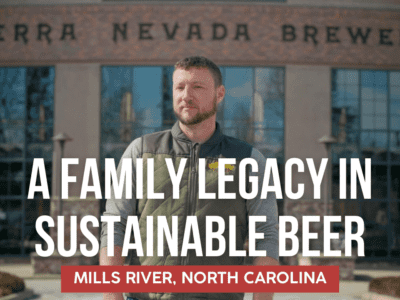Summers in Phoenix, Arizona reach temperatures as hot as 120 degrees. Cooling America’s hottest city requires innovation: we visit Phoenix to meet the innovators and researchers working towards a sustainable solution. Inspired?
Summers in Phoenix Arizona are extreme, with temperatures reaching 120 degrees in the daytime. In the past four years, they’ve set records in the number of heat-related deaths– deaths the public health community widely agrees are preventable. “Heat has been everyone’s concern, but no one’s responsibility,” says David Hondula, director of the newly created Phoenix Office of Heat Response and Mitigation.
Funded by a 2.8 million dollar government investment for climate and heat readiness, the OHRM is charged with keeping people alive and cooling down America’s hottest city. To do this, they’re collaborating with Arizona State University researchers in the School of Sustainability, the Urban Climate Research Center, the SHaDE Lab, and the Julie Ann Wrigley Global Futures Laboratory to find innovative solutions like heat resistant clothing, reflective rooftops, shade structures, cool pavements, a meteorological garden cart and a walking, sweating mannequin to measure how extreme heat impacts the human body.
In the United States, “Heat kills more people every year than almost all other hazards combined. Every tornado, every hurricane, every flood on the whole, their health impacts typically don’t add up to the total health burden we see from extreme heat,” explains Dave Hondula. And this impact is especially hard on our most vulnerable populations – children, the elderly, our homeless neighbors.
The housing affordability crisis combined with booming development means Americans are increasingly in need of solutions to protect themselves from extreme weather, and in Phoenix the weather is extreme much of the time. But this challenge is fueling Phoenix’s innovation – as a living laboratory for heat research they’re finding solutions the entire country can apply to make our lives more comfortable, affordable, and liveable.





